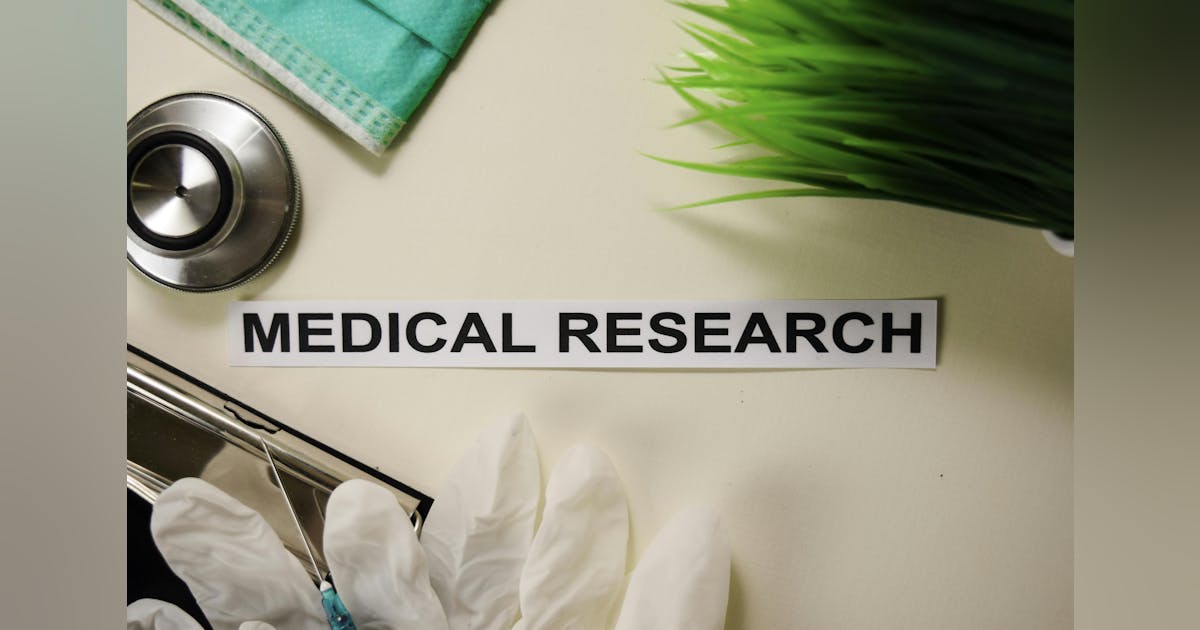An uncertain funding future has the NIH All of Us Research Program reconsidering priorities and considering additional sources of sustainability. In September a working group issued a report with several suggestions for other possible funding sources.
Launched in 2018, the All of Us Research Program is a major initiative by the NIH to gather health data from one million or more people living in the United States. The program is building one of the most diverse health databases in history to accelerate precision medicine research and improve health by considering individual differences in lifestyle, environment and biology.
In fiscal year 2024, Cures Act funding for the program dropped by $184 million, while its base appropriation remained the same at the FY23 level, amounting to a 34% decrease in its budget. That necessitated funding cuts, decreasing enrollment capabilities, slowing new data collection, and delaying the ability to build a robust pediatric cohort.
In fiscal year 2025, which began October 1, 2024, Cures Act funding decreased again, by $199 million. The program’s base appropriations level has remained flat under a continuing resolution (CR), while Congress continues efforts to pass final FY25 appropriations bills. If funding is sustained at the current level of $158 million, this will represent a 71% reduction compared to FY23’s funding level and necessitate further reductions for our national network and greater impacts to activities program-wide.
In a recent blog post, Josh Denny, M.D., the program’s CEO, said the program is facing potential revisions to some of its plans and priorities that may affect the following activities:
• Engaging communities historically underrepresented in biomedical research, including those living in rural America.
• Maintaining the national network of enrollment hubs that has enabled us to enroll from across all 50 states and most U.S. territories.
• Enrolling children to facilitate breakthroughs in child health, including rare diseases, and advance research across the lifespan.
• Conducting longitudinal reassessment critical for understanding preventable and chronic health conditions.
• Releasing new data for research and discovery.
Despite the funding challenges, Denny highlighted some of the program’s achievements: New publications derived from All of Us data are coming out every day, offering new insights to improve prevention, screening, and health outcomes, he wrote.
For example, researchers using All of Us data have discovered more than 275 million previously unreported genetic variants, providing researchers new pathways to better understand the genetic influences on health and disease. All of Us researchers have improved precision medicine for certain cancer treatments, optimized genetic tests to more accurately predict disease risk for 10 health conditions, and identified different health problems linked to subtypes of type 2 diabetes.
Beyond enabling advances in genetics, All of Us data is helping researchers speed up the search for promising medicines for Alzheimer’s disease, better predict hospital readmission for patients with sepsis, and improve prediction of glaucoma progression, enabling more precise approaches to care.
Denny also noted that more than 14,000 researchers have registered for access so far, from over 1,000 institutions. With our innovative data access model, the median time from initial registration to data access is just 29 hours, compared to the months it typically takes researchers to gain data access through other programs.
A Strategic Insights working group led by chair Stanford University’s Russ Altman, M.D., Ph.D., issued a report in September with several suggestions for other possible funding sources.
Although the working group acknowledged that basic “core” funding must be provided from the federal budget, these core capabilities can be supplemented with additional endeavors to fully benefit from the value contained in the participant data and biospecimens.
One source could be ancillary and collaborative studies where the primary funding
comes from outside sources: private companies, foundations (including disease-specific ones), other government agencies, and nongovernmental organizations. The working group said that the UK Biobank provides an example of managing the added value of ancillary/collaborative studies to enrich the resource at relatively low cost.
Another source of income could be from researchers via charges for using the data via its
compute infrastructure. The working group recognizes this as a potential funding stream, but
worries that it would reduce enthusiasm for and use of the All of Us platform by researchers— particularly those with limited resources.
The working group also suggested that the program should consider management efficiencies to reduce core costs. It can continue to identify services that are critical for it to build and maintain in house, versus those that can be purchased and “re-competed” regularly to keep costs down. All of Us can investigate ways to streamline the processes of enrollment and retention, including the methods by which participants are informed of and recruited to ancillary/collaborative studies, the report said.
link

